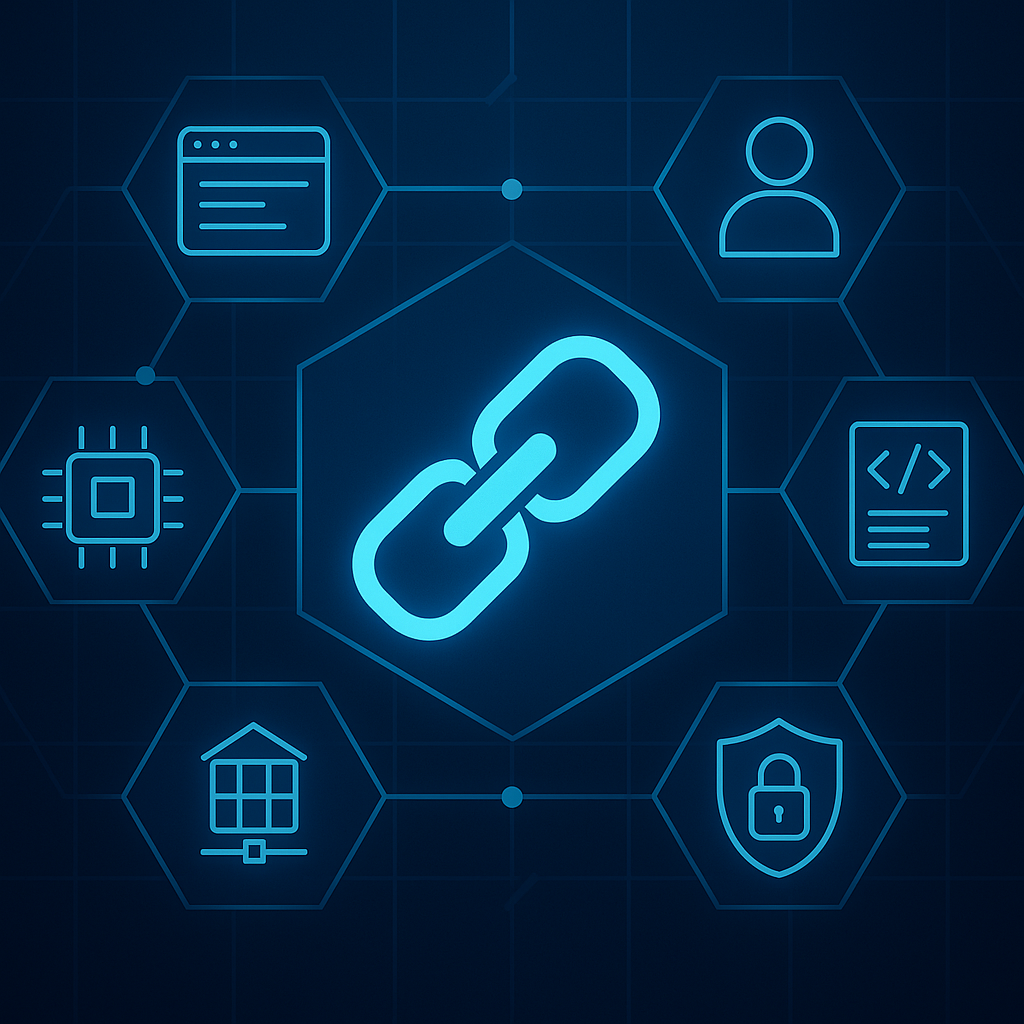Here’s the thing: Blockchain isn’t just about crypto—it’s quietly changing how the web itself is built and trusted.
What Makes Blockchain a Game-Changer for the Web?
Web development is all about moving data, handling users, and most importantly building trust between strangers. Until now, that trust came from middlemen: banks, payment processors, login providers, and platform owners.
Blockchain flips that on its head. Instead of trusting companies, you trust the code and the network. Transactions, records, and even logins are stored on a distributed ledger that nobody can secretly rewrite. Once something is on the blockchain, it’s there for good.
How Blockchain Fits Into Modern Web Development
1. Decentralized Applications (dApps)
A regular web app runs on one company’s server. A dApp runs its critical logic on a blockchain network. Think of sites like Uniswap (for trading crypto) or OpenSea (for digital collectibles). The user interacts with a website, but the important stuff—like making a trade or verifying ownership—happens on the blockchain. No company can shut it down or change the rules on a whim.
2. Smart Contracts
Smart contracts are tiny programs that run on the blockchain. They handle transactions automatically when certain conditions are met. No manual review, no back-office disputes. For web developers, this means automating tasks like payments, membership access, or voting—without ever trusting a human to play fair.
3. User Authentication and Identity
Tired of remembering a thousand passwords? Blockchain lets users log in with their crypto wallet. They prove ownership with a digital signature. Sites never store or handle passwords. It’s simple, more secure, and the user stays in control of their own data.
Practical Benefits for Web Developers
- Security: Data on the blockchain can’t be tampered with. This reduces fraud and makes hacking much harder.
- Transparency: Anyone can see transaction histories or smart contract logic. No more black boxes.
- Payments: Accept global payments instantly, with lower fees, and without worrying about chargebacks.
- Ownership: Let users truly own their assets—whether it’s files, tokens, or digital art—without relying on a central server.
Real-World Use Cases
Supply Chain Tracking
Imagine building a site for a coffee brand. With blockchain, you can show customers exactly where their beans came from—every step is recorded, and nobody can fake it.
Developers have built sites where users buy and sell digital art or collectibles, with every transaction and ownership transfer happening on-chain. No need to trust the platform.
Decentralized Finance (DeFi)
Finance apps let users lend, borrow, or trade assets—all managed by code, not banks. The website is just the interface; the real action is on the blockchain.
What’s the Catch?
Blockchain brings new tools and new headaches. The tech is young. It’s not as fast as centralized servers, and scaling up is tricky. Gas fees (the cost to run transactions) can be high. And if you mess up a smart contract, there’s no “undo” button.
But for the right projects, these trade-offs are worth it. Especially when trust, transparency, and user empowerment matter most.
Getting Started
If you’re curious, start small. Try building a simple web app that connects to a public blockchain like Ethereum or Solana. Use wallet tools like MetaMask. Experiment with libraries like Web3.js or Ethers.js. The learning curve is real, but the resources are out there.
Final Thoughts
Blockchain isn’t the answer to every web problem, but it’s more than a buzzword. For web developers who want to build sites people can truly trust—and maybe even change how the web works—this is a tool worth exploring.



